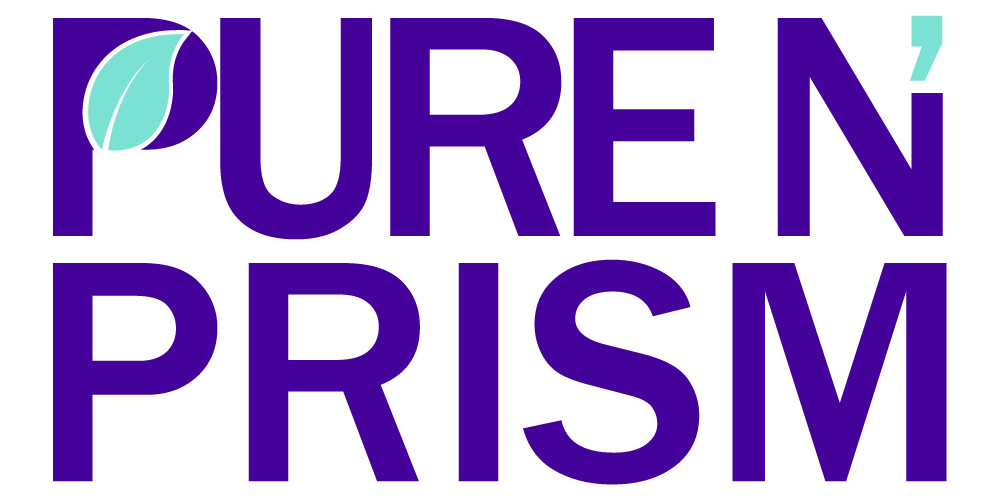Meta Description: Discover practical stress management techniques for men that fit into busy schedules. Learn simple daily practices to reduce stress and improve emotional wellness naturally.
Introduction
Ever feel like you’re constantly running on empty? You’re not alone. Between work deadlines, family responsibilities, and that never-ending to-do list, it’s no wonder stress has become the unwelcome roommate we can’t seem to evict. I used to think stress management was just another item to add to my already packed schedule – until I realized I was doing it all wrong.
The truth is, managing stress doesn’t require hours of meditation or expensive therapy sessions (though those can help). It’s about finding simple, practical techniques that actually fit into your real life. Whether you’re a busy professional, a dad juggling multiple responsibilities, or just someone who feels overwhelmed more often than you’d like to admit, these stress management techniques can make a genuine difference in your daily emotional wellness.
Why Men’s Stress Looks Different
Let’s be honest – we’ve been conditioned to “push through” stress rather than address it. Society often tells us that acknowledging stress is somehow less masculine, which is complete nonsense. Stress affects everyone, and recognizing it is actually the first step toward better emotional health.
Men often experience stress differently than women. We might not always recognize the emotional symptoms, but our bodies sure do. That tension in your shoulders after a long day? The difficulty falling asleep despite being exhausted? These are your body’s way of waving red flags about stress levels.
Research shows that chronic stress can lead to serious health issues, including heart disease, depression, and weakened immune function. The good news? Simple daily practices can significantly reduce these risks while improving your overall quality of life.
The 5-Minute Morning Reset
Starting your day with intention doesn’t require a complex routine. I’ve found that just five minutes can set a completely different tone for the entire day. Here’s what works:
Deep Breathing Exercise: Before checking your phone (yes, before), take five deep breaths. Inhale for four counts, hold for four, exhale for six. This simple technique activates your parasympathetic nervous system, essentially telling your body it’s safe to relax.
Intention Setting: Instead of immediately diving into your mental to-do list, ask yourself: “What kind of day do I want to have?” This isn’t about toxic positivity – it’s about conscious choice.
For those mornings when you need an extra boost, I’ve been using this Essential Oil Diffuser from Amazon in my bedroom. The lavender and eucalyptus blend creates a calming atmosphere that makes the morning reset feel more like a mini-spa experience than another chore.

For more comprehensive morning routine ideas that support both physical and mental health, check out our guide on 5 Morning Habits to Boost Your Physical and Mental Health.
Movement as Medicine
You don’t need a gym membership or hour-long workouts to use movement for stress relief. Some of the most effective stress-busting activities are surprisingly simple:
Desk Stretches: Every hour, spend two minutes stretching your neck, shoulders, and back. Set a phone reminder if you have to. Your future self will thank you when you’re not carrying the weight of the world in your shoulders.
Walking Meetings: When possible, turn phone calls into walking meetings. Fresh air and movement can completely shift your mental state and often lead to more creative problem-solving.
The Stair Strategy: Taking the stairs instead of the elevator isn’t just good for your heart – it’s a natural stress reliever. The brief physical activity releases endorphins and gives you a moment to transition between different parts of your day.

Creating Micro-Moments of Calm
The biggest myth about stress management is that it requires large chunks of time. In reality, micro-moments of calm throughout the day can be incredibly powerful. These are 30-second to 2-minute practices that reset your nervous system:
The 4-7-8 Technique: Inhale for 4 counts, hold for 7, exhale for 8. Do this three times whenever you feel tension building. It’s discrete enough to do in meetings, traffic, or anywhere you need a quick reset.
Mindful Transitions: Instead of rushing from one task to the next, take three conscious breaths between activities. This simple practice helps prevent stress from accumulating throughout the day.
Gratitude Snapshots: While stuck in traffic or waiting in line, identify three things you can see that you’re grateful for. It sounds cheesy, but gratitude literally rewires your brain for more positive thinking patterns.
One tool that’s been surprisingly helpful is this Stress Relief Fidget Cube from Amazon. It gives your hands something to do during stressful moments and provides a physical outlet for nervous energy during long meetings or phone calls.

The Power of Boundaries
Setting boundaries isn’t selfish – it’s essential for emotional wellness. Many men struggle with this because we’ve been taught that saying “no” means we’re not capable or committed enough. That’s simply not true.
Digital Boundaries: Create phone-free zones in your home, especially the bedroom. The blue light from screens interferes with sleep quality, which directly impacts your stress resilience the next day.
Work Boundaries: If possible, establish a clear end to your workday. This might mean closing your laptop at a specific time or changing out of work clothes to signal the transition to personal time.
Social Boundaries: It’s okay to decline social invitations when you need time to recharge. Quality over quantity applies to social commitments too.
Speaking of workplace wellness, many companies are recognizing the importance of employee mental health – learn more about this trend in Corporate Wellness 2.0: How Workplaces Are Prioritizing Preventative Health.
Sleep: Your Secret Weapon
Poor sleep and high stress create a vicious cycle. When you’re stressed, quality sleep becomes harder to achieve. When you’re sleep-deprived, everything feels more stressful. Breaking this cycle is crucial for long-term emotional wellness.
The Wind-Down Routine: Start preparing for sleep 30 minutes before you want to be asleep. This might include dimming lights, reading, or gentle stretching. Consistency is more important than perfection.
Temperature Control: Keep your bedroom slightly cool (65-68°F). Your body temperature naturally drops as you fall asleep, and a cool room supports this process.
The Worry Journal: Keep a small notebook by your bed. When racing thoughts keep you awake, write them down. This simple act of transferring worries from your mind to paper can be incredibly freeing.
For better sleep quality, I’ve found this Weighted Blanket from Amazon to be a game-changer. The gentle pressure helps activate your body’s relaxation response, making it easier to fall asleep and stay asleep even during stressful periods.

If you want to dive deeper into creating the perfect bedtime routine, our article on Sleep as Self-Care: Holistic Bedtime Routines for Better Health offers comprehensive strategies for better rest.
Building Your Stress Management Toolkit
The key to effective stress management is having multiple tools available. What works on a crazy Monday might not be what you need on a peaceful Sunday. Here’s how to build a personalized toolkit:
Identify Your Stress Signals: Learn to recognize your early warning signs. Maybe it’s jaw clenching, shallow breathing, or feeling irritable over small things. Early detection makes intervention much more effective.
Experiment with Different Techniques: Not every stress management technique works for everyone. Try different approaches and pay attention to what actually helps you feel better, not what you think should work.
Start Small: Choose one or two techniques to focus on for a week before adding more. Building sustainable habits is more valuable than trying to overhaul your entire routine overnight.
Conclusion
Managing stress as a busy man doesn’t require a complete lifestyle overhaul or hours of free time you don’t have. It’s about making small, consistent choices that support your emotional wellness throughout the day. Whether it’s taking five deep breaths before checking your phone, using movement as medicine, or creating micro-moments of calm, these simple practices can significantly impact your stress levels and overall quality of life.
Remember, taking care of your emotional health isn’t optional – it’s essential. You can’t pour from an empty cup, and managing your stress levels helps you show up better for everything and everyone that matters to you.
Start with just one technique from this list and give it a try for a week. You might be surprised by how much better you feel with such a small change. And if you’re looking for tools to support your stress management journey, check out that weighted blanket for better sleep – it’s been a total game-changer for my evening routine.
What stress management technique are you going to try first? Your future, calmer self is already thanking you for taking this step.
For men looking to take their wellness journey even further, explore our comprehensive guide to Male Wellness: Biohacking for Energy, Focus, and Longevity.






